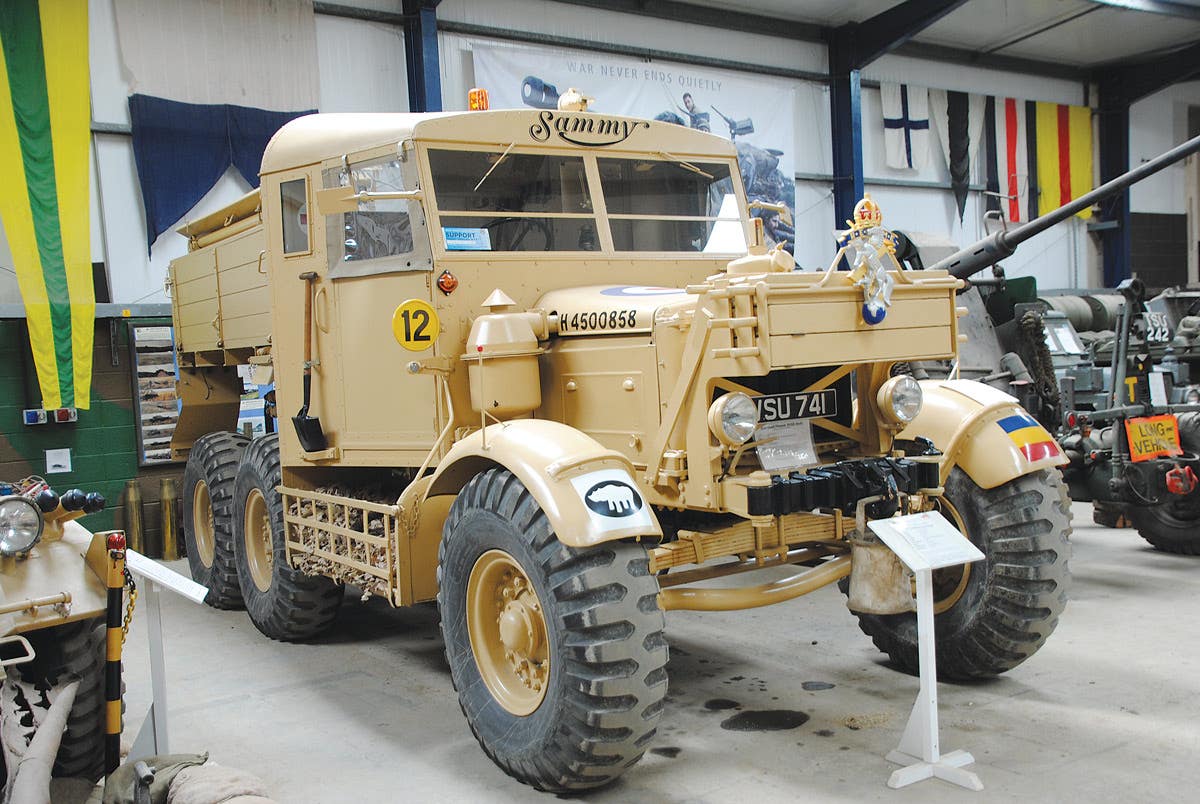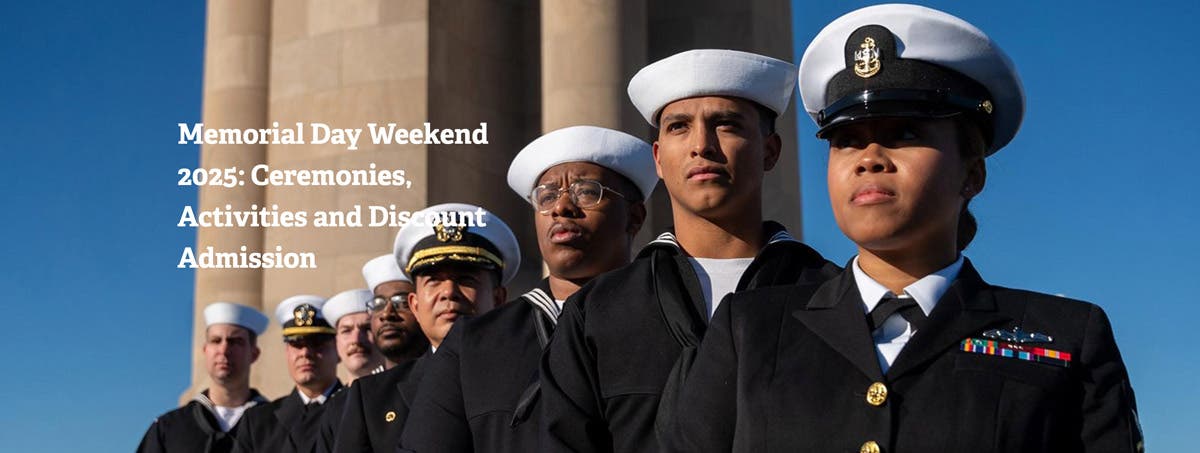A trip the the Frontier Army Museum
The Frontier Army’s history at Fort Leavenworth chronicles America’s first truly distant war.
Fort Leavenworth, Kansas is arguably most famous – even infamous to some – for being the home to the U.S. Military Corrections Complex, but that is really just one small facet of this Army installation, which actually dates back to 1827. In fact the prison, which does consist of the United States Disciplinary Barracks (the Department of Defense’s only maximum security prison) actually only dates back to 1874.
By that time Fort Leavenworth had already become an important part of America’s move westward. Today, the fort is the oldest active United States Army post west of Washington, D.C. and it is also the oldest permanent settlement in Kansas. It was the home to the United States’ original so-called “Buffalo Soldiers,” the segregated African-American 10th Cavalry Regiment, which saw combat in the Indian Wars, and later in the Spanish-American War in Cuba and in the Philippine-American War.
Fort Leavenworth has also been known historically as the “Intellectual Center of the Army,” and today supports the U.S. Army Training and Doctrine Command (TRADOC), and maintains the home of the U.S. Army Combined Arms Center (CAC). In addition, the garrison supports “tenant” organizations that are directly and indirectly related to the functions of the CAC including the United Sates Army Command and General Staff College and the Foreign Military Studies Office.
While the installation today is about as centrally located in the nation as you can get, it must be remembered that it wouldn’t be in Kansas were it not for the westward expansion, which began with the Louisiana Purchase. The fort is reported to be at the spot where the Missouri River was crossed in 1804 by explorers Lewis and Clark, and by Stephen Harriman Long in 1819. The site for Fort Leavenworth was so chosen because of the proximity to the large Kansa tribe village. The site became much more important as it was in essence the eastern terminus of the Santa Fe Trail and the Oregon Trail — in other words on the edge of the frontier.
The fort is home to more than 100 historic structures, including many that represent some of the most notable examples of Victorian and Gothic architecture in the entire Midwest.
The Frontier Army’s History at Fort Leavenworth
Today, when we think of distant wars we may think of Afghanistan, Iraq or even Syria, but from the 1830s until just prior to the outbreak of the First World War in 1914, Kansas and everything to the west to the Rocky Mountains and beyond was truly the unknown frontier. Soldiers from back East who were sent to help patrol this region, especially in the years prior to and just after the American Civil War (1861-65), likely would have seen this as a truly remote spot. In the era before the completion of the transcontinental railroad it took weeks or longer to cross from St. Louis to San Francisco.
The Frontier Army Museum chronicles this unique chapter in American history — one that is largely overshadowed by overseas conflicts and the aforementioned Civil War. In many ways this museum evokes the classic “cowboys and Indians” stories that have been told in western cinema for decades.
The fort once presided over the expansion westward to the frontier, and this theme is now covered in the exhibits at the Frontier Army Museum, which pays particular attention to the 100-year period between 1804 and 1917 — the era of the “Army of the Frontier.” It was this army that was charged with guarding the frontier settlements and policed the frontier until civil governments could maintain order.
The museum dates back to 1939, when the post wagon shop closed and all of its material was relocated to another building. Originally called the Old Rolling Wheels Museum, the focus was on carriages, wagons and other means of transportation that helped the military as well as pioneers move westward.
Over the next 20 years that facility expanded the scope of its collection and became a permanent fixture at Fort Leavenworth, and in 1959 was renamed the Frontier Army Museum. The current collection numbers more than 6,400 items in total, but just 6 percent is currently on display. As with other military museums that are part of the U.S. military museum system, which is overseen by the Army Center of Military History, great effort is made to rotate exhibitis to ensure that repeat visitors will find something new and interesting.
Wagons, Weapons and an Airplane!
The permanent collection includes items that range from early uniforms and notable small arms, including individual pieces that date back to the 1820s. Of course, as the collection grew out of the Old Rolling Wheels Museum, visitors can expect to find many horse-drawn vehicles.
Among the vehicles on regular display is the carriage that then-presidential candidate Abraham Lincoln used when he visited Missouri and the Kansas Territory in 1859, and a Concord stagecoach – the latter being the type that was used to deliver passengers and mail throughout much of the country prior to the days when the railroads finally linked the nation together. While it was the transportation utilized by those in the days before “jet setters”, it was hardly first-class travel.
Being that this is a military collection there are Army freight wagons, as well as a Model 1909 U.S. Army horse-drawn ambulance. While this example was used at the fort until the late 1920s and reportedly didn’t see overseas use, it was the model that was widely used by American forces as a field ambulance during the First World War alongside the early motorized ambulances.
There are also some notable examples of winter transport, including the personal sleigh of General Jonathan Wainwright and another for General George Armstrong Custer. These were truly for getting around in what could be harsh winters on the frontier and not for the types of rides that Christmas carols often depict!
The word “mobility” may have a bit of a different meaning for most of us today, but throughout most of the 19th century it was still crucial for the military to be able to move quickly. In a land without roads or rails, and few bridges there were challenges and the museum highlights how the military moved items — from men and materiel to the weapons of war. One exhibit highlights how 12-pound Mountain Howitzers, which were manufactured beginning in 1836, could be disassembled with the tube, carriage and ammo boxes carried by mules. One must remember that the “12 pounds” refers to the weight of the cannon ball, NOT the gun firing it!
The Frontier Army Museum also includes several pieces that highlight the evolution of the U.S. military in the late 19th and early 20th centuries. This is seen in the adoption of lighter weight khaki uniforms and away from the heavy wool blue coats that must have been uncomfortably hot in the summer – yet probably not nearly warm enough in the winter months.
What might be most unexpected to see in a museum of such focus is an early airplane! The Frontier Army Museum has a Curtiss JN-4D biplane, nicknamed “Jenny”, which is reported to be the first aircraft to be used in a military excursion.
The collection, of course, includes many items that were used in the Punitive Expedition to Mexico, where General John Pershing was charged with chasing the Mexican revolutionary Pancho Villa. That event marked the end of the era for the Army of the Frontier, but was also fittingly when the United States entered the world stage.
*Author’s note: The Frontier Army Museum is located on an active military base. A photo ID and vehicle inspection are required to visit.
Frontier Army Museum
100 Reynolds Avenue
Fort Leavenworth, KS 66027
Phone: 913-684-3191
https://history.army.mil/museums/TRADOC/frontier-army-museum/index.html
Peter Suciu is a freelance journalist and when he isn't writing about militaria you can find him covering topics such as cybersecurity, social media and streaming TV services for Forbes, TechNewsWorld and ClearanceJobs. He is the author of several books on military hats and helmets including the 2019 title, A Gallery of Military Headdress. Email him and he'd happily sell you a copy!







